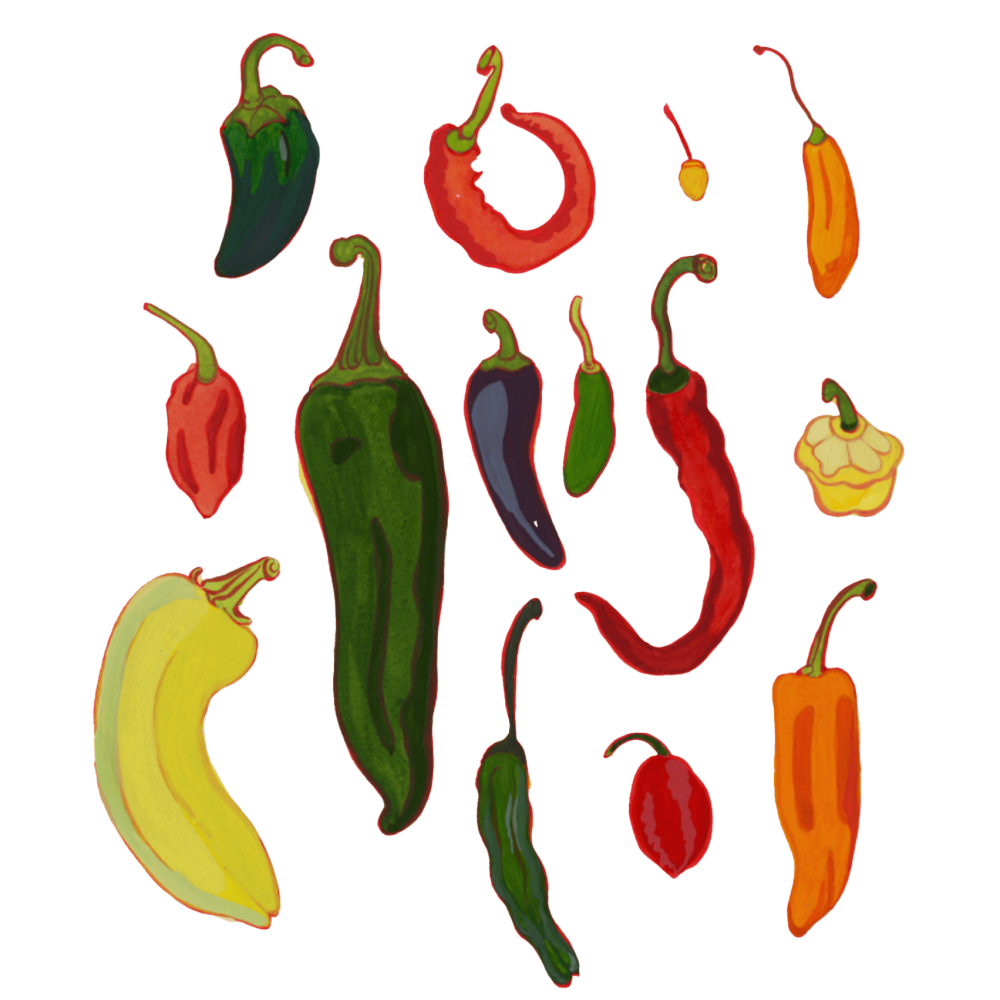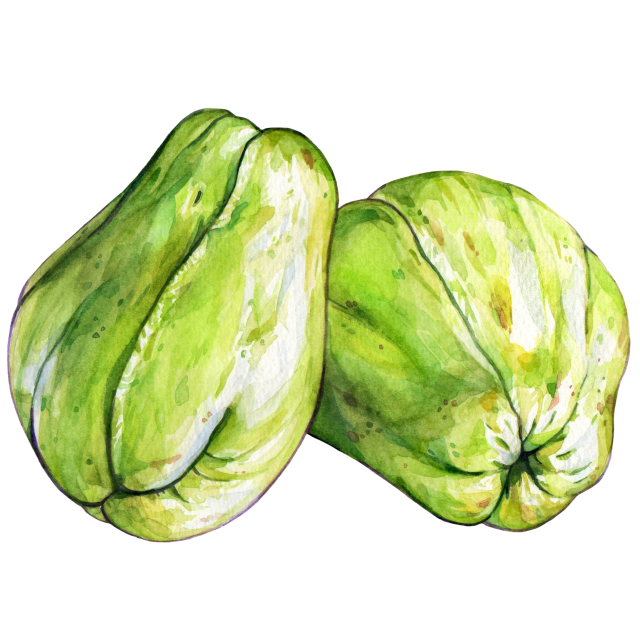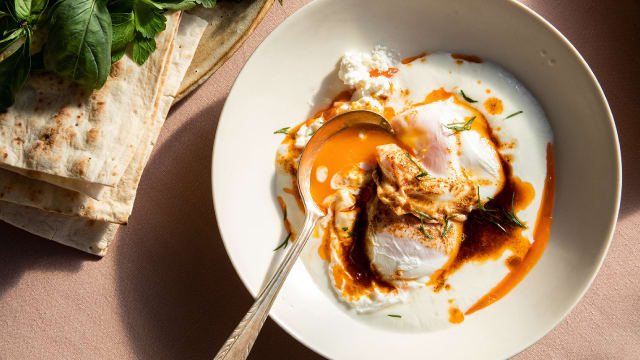Chile

Latin name: Capsicum spp.
Other names: Peppers, chilli peppers
Uses: vegetable, spice
What are chiles?
These nightshade family members represent a complex of a few dozen species (five domesticated) and many hundreds of cultivars worldwide. It’s hard to imagine the cuisines of Thailand, India, China, Korea, Jamaica, or Hungary without chiles, but this American crop has only been part of the global diet for about 500 years. If you know, you know: spicy food is addictive. Their famous pungency — provided by the compound capsaicin — has gained chiles an almost cultlike devotion from people who can’t get enough of the heat. (Lips and tongue burning like fire, tears streaming down your cheeks, nose running like a faucet — what’s not to love?)
Why are chiles healthy?
Specific nutrients vary based on different pepper varieties, but they all convey an impressive array of nutrition and health benefits. Most examples boast abundant antioxidants, carotenoids, and micronutrients known to increase metabolism, lower blood pressure, provide pain relief, and promote digestive health.
What do chiles taste like?
The flavor and heat level of chiles varies depending on variety, and whether they’re fresh or dried. Habanero chiles can be very fruity and almost sweet (though still very hot), whereas dried Turkish isot or dried pasilla chiles are milder, with a warm, raisin-y quality. Jalapeños and poblanos have a grassy, vegetal quality; serranos and ají limon have citrusy undertones; Korean gochu have a slight smokiness (as do chipotles, which are just smoked jalapeños).
How do I use chiles?
Chiles have infinite uses. The most common use is in hot sauces, salsas, and chile pastes like sambal, harissa, or berbere, but they can be roasted whole and stuffed with cheese, rice, meat, or fish. Chiles are used in stews and soups like tom yum, chili con carne, or Hungarian gulyas, and they’re crucial to curries. They can be fermented or pickled and eaten with rice, on sandwiches, or as a side dish to beans and stews (as is done everywhere from Mexico to Croatia).
What do chiles pair well with?
They love complex spice blends as seen in everything from mole to curry, and chiles always get along with garlic, vinegar, cheese, and smoke.
Where do chiles grow?
Chiles are native to southern North America and Central and South America, but were introduced to Europe and Asia in the early 16th century and are now grown on every habitable content. The fact that they grow so readily is one of the main reasons they spread so quickly. Unlike expensive spices that could only be harvested from tropical rainforests, chiles could be grown in a peasant’s kitchen garden. The earliest milder varieties were bred in Hungary, but Hungary does produce an array of hot paprikas, too.
How to buy chiles:
When buying fresh chiles, look for bright, shiny specimens without any brown or black spots. They’ll keep for a week or so in the drawer of your fridge. Whole dried chiles will retain their flavor and heat much longer than any pre-ground powders.
Fun chile fact:
Unlike humans, birds have few tastebuds, and may lack capsaicin receptors altogether, thus it is birds whom we have to thank for spreading chiles so quickly throughout the regions where they were introduced. Birds ate the red fruit and pooped out the seeds, allowing the crop to spread quickly.
Recipes
Carrot Salad with Chile-Honey Vinaigrette
Roasted Asparagus & Cracked Eggs with Shallots, Lemon & Chile







